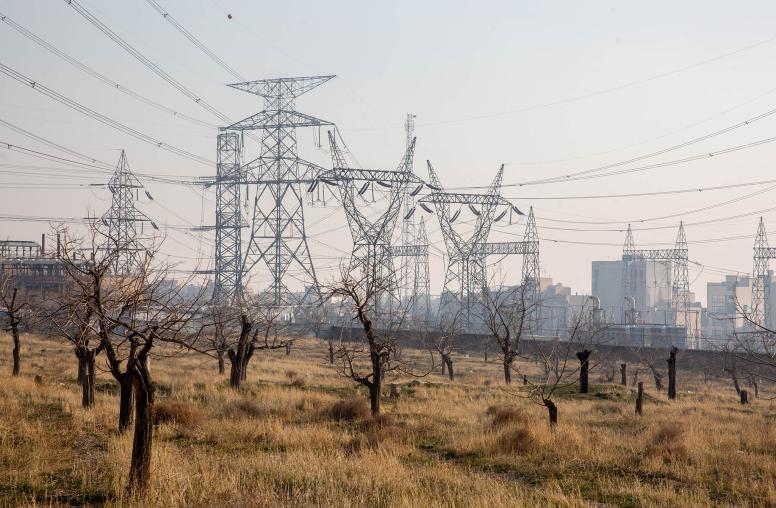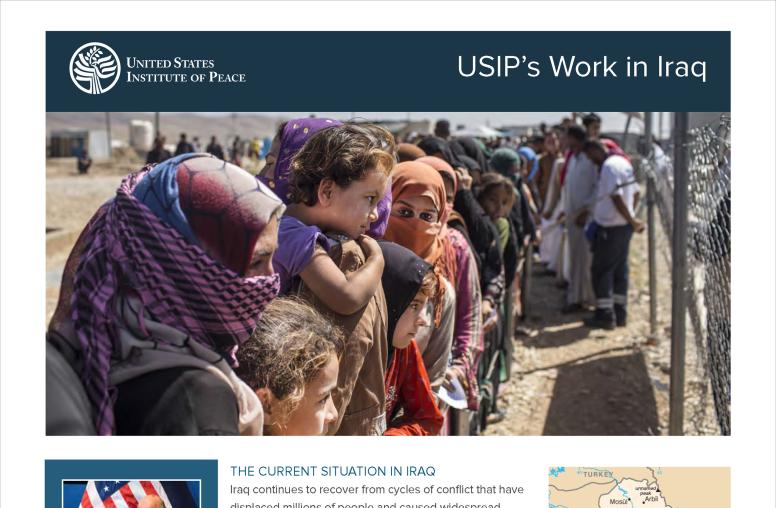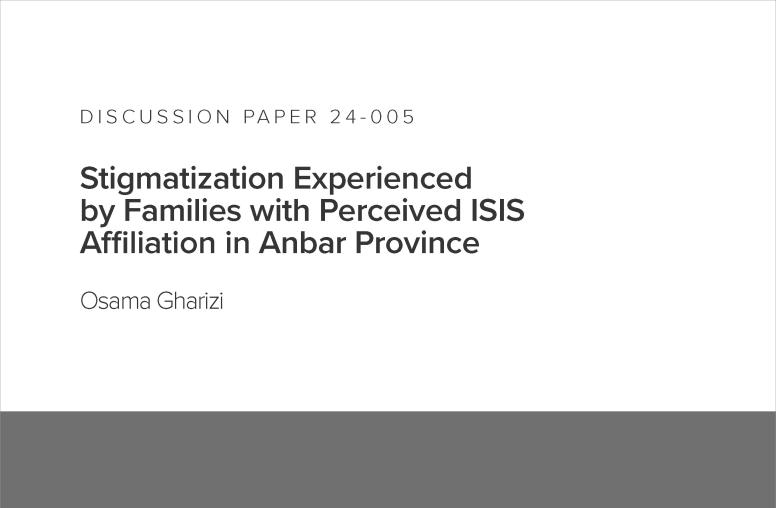
Unlike any time in the past 16 months, the threat of all-out chaos and violence in Iraq’s most volatile provinces is high and has a potential to return the country to the upheaval of 2005-2007 or worse, given the regional dynamics and the complications stemming from the war in neighboring Syria.
While interest in developments inside Iraq has shifted away for many experts, the country’s future is pivotal to the region. What had been just potential for the conflicts in Iraq and Syria to influence each other has escalated to a combined threat in many ways. Groups such as Islamic State of Iraq and Jabhat al-Nusra have already merged leadership, and fighting forces on both sides of the border are actively pursuing their political aspirations of mutual support. This rapidly evolving scenario will require far more effort and resources to contain if action is delayed.
Recent developments have extended beyond the political turmoil that has marked Iraq in recent years to clashes between the army, protesters and armed groups in provinces such as Kirkuk, Salahaddin, Anbar, Diyala, and Nineveh have led to increased violence. The confrontations have led to hundreds of casualties among the security forces and the civilians. The Reuters news agency reported that the United Nations counts 712 people killed in bomb attacks and other violence in April, making it the bloodiest month in five years in Iraq.
In the central-northern city of Hawija in Kirkuk Province, about 175 miles north of Baghdad, peaceful efforts to resolve a standoff between the army and local residents were not given a chance as the troops raided a square where public demonstrations had taken place. The protests had led to a siege that lasted days after earlier clashes with the army. The military’s raid ended with a serious tragedy where tens of lives were lost.
The control of the security forces, particularly the military, has been shaken and loosened in Anbar, Kirkuk and Nineveh. Armed groups are increasingly exerting greater influence in Mosul, Anbar and parts of Kirkuk. The army is imposing curfews at night in many areas of these provinces, but the military has been coming under attack, in many cases leading to loss of life.
Former Ambassador to Iraq Ryan Crocker noted in a column in The Washington Post this week that the locations where violence has broken out are “eerily familiar, as many were strongholds of al-Qaida in Iraq at the outset of the surge, before the spread of the Awakening movement that fostered reconciliation between disaffected Sunni Arabs and the Shiite-led government in Baghdad.”
“The recent events come on top of increasing incidents of horrific attacks by al-Qaida in Iraq, with last month seeing the largest losses in years,” Crocker wrote. “These developments clearly require the attention and support of the international community, led by the United States.”
In Baghdad, the army maintains tight control, yet explosions and attacks continue to occur, civilians are killed, and many residents stay home, because it is too risky to go to work or send children to school. Sunni tribal and religious leaders are issuing threats and ultimatums not only to the army and the government, but the wider Shia community. Other relatively stable provinces like Maysan and Diwaniyah have been the target of car bombs. Places of worship like mosques and Husseiniyahs (specifically Shia houses of worship) are being attacked, killing tens and injuring hundreds, signaling an escalating trend of ethnic groups taking revenge whenever they feel they can.
The turmoil is compounded by internal displacement and the resurrection of armed groups that tore the country apart in the aftermath of the U.S. invasion in 2003.
It is unclear who can do what, because the situation is so fluid. USIP’s Iraq Core Team is following the situation closely, assessing what the Institute can do directly and through our partners in the U.S. government, the Iraqi government, and Iraqi civil society. Members of the Network of Iraqi Facilitators and the SILM (“Peace Net: Peace for a Unified Iraq”) network of civic organizations, both backed by USIP, and others are also looking for ways to engage. They are already taking some steps, but the measures are still limited compared to what is needed.
We urgently need to find ways to leverage all our expertise and resources.
USIP will host a discussion on Monday, May 6, with the International Organization for Migration (IOM) to address the question of what we all can do. Retired Ambassador to Iraq James Jeffrey and Ambassador Daniel Serwer, who served as executive director of the Baker-Hamilton Iraq Study Group, will join experts from the host organizations on the panel.
Manal Omar directs USIP’s Iraq, Iran and North Africa programs. Sarhang Hamasaeed is a program officer with USIP's Iraq and North Africa programs.



